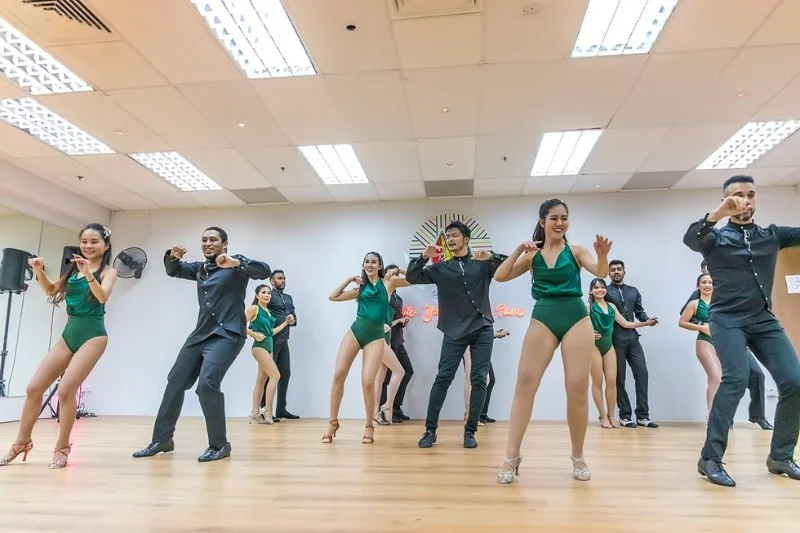
1. The Birth of Bachata: A Cultural Melting Pot
Bachata, a genre that has taken the world by storm, is deeply rooted in the cultural fabric of the Dominican Republic. Its origins trace back to the early 20th century, emerging from the country’s rural areas. But Bachata isn’t just a dance; it’s a cultural expression that blends African, European, and indigenous influences, creating a sound that’s distinct yet familiar. In this section, we’ll explore the roots of Bachata and how it was born out of the struggles, joys, and rhythms of everyday life.
2. Early Influences: African Rhythms and Indigenous Sounds
The cultural origins of Bachata are deeply connected to African musical traditions. Enslaved Africans brought to the Caribbean carried their rich rhythmic heritage, which found its way into the music of the Dominican Republic. These rhythms were then combined with indigenous Taino sounds and Spanish melodies, creating a fusion that would eventually define Bachata music.
Historically, Bachata was played with simple instruments such as the guitar, bongo drums, maracas, and the güira (a metal scraper), giving it a raw, emotional feel. The music often revolved around themes of love, heartbreak, and the struggles of life, making it relatable to many people, especially in rural communities.
3. The Rise of Bachata: From Rural Beginnings to Urban Appeal
Initially, Bachata was considered lower-class music, often associated with poverty and the rural working class. It wasn’t until the 1960s and 1970s that Bachata began to gain traction outside the Dominican Republic. Artists like José Manuel Calderón and Blas Durán helped bring the genre into the mainstream, and it started to move from local bars and dance halls into more public settings.
As the genre evolved, Bachata began to incorporate elements from other Latin music genres, such as bolero and merengue. This helped it reach wider audiences, making it a staple of Latin culture, not just in the Dominican Republic but across Latin America and beyond.
4. Bachata Dance Evolution: From the Streets to the Dance Floor
Bachata’s transformation into a global dance style can be traced back to its evolution in the streets of Santo Domingo. The dance, like the music, was initially seen as a form of expression for the lower class. However, over time, it grew in popularity and was eventually accepted into the mainstream culture.
The basic movements of Bachata are simple yet elegant: a side-to-side step with a slight hip movement, accompanied by the emotional intensity of the music. As the style spread, it became known for its close connection between partners, with an intimate feel that reflects the passionate nature of the music.
5. The Modern Influence of Bachata
Today, Bachata has evolved into a globally recognized dance form, with its influence spreading across the United States, Europe, and other parts of the world. The rise of international dance festivals, YouTube tutorials, and social media has allowed the dance to flourish beyond its Dominican roots. Artists like Romeo Santos and Aventura have played a major role in popularizing Bachata worldwide, blending traditional sounds with contemporary styles, including reggaeton and R&B.
Modern Bachata has become more versatile, with various styles like Dominican Bachata, Modern Bachata, and Sensual Bachata emerging over the years. The sensual style, in particular, has become a favorite among dancers worldwide for its fluid movements and connection between partners.
6. The Social and Cultural Impact of Bachata
As Bachata has become more mainstream, it has also played a key role in shaping the cultural identity of the Dominican Republic and Latin America. The dance and music have become symbols of passion, resilience, and the celebration of life. In recent years, Bachata has also been used as a platform to discuss social issues, such as love, loss, and empowerment, resonating with audiences on a deep emotional level.
Moreover, Bachata’s popularity has given rise to a global community of dancers, music lovers, and cultural enthusiasts. This has allowed people from diverse backgrounds to connect, share experiences, and appreciate the rich history of this dynamic dance form.
7. The Future of Bachata: A Dance for All
The future of Bachata looks incredibly bright. As it continues to evolve, more people are discovering its unique blend of rhythm, passion, and storytelling. Dance studios across the world, including the American Dance Academy, offer classes that cater to all levels of dancers, ensuring that the next generation will carry the torch forward. Whether you’re new to Bachata or a seasoned dancer, there’s always something new to learn and enjoy about this iconic genre.
For those looking to deepen their understanding of Bachata and improve their skills, visiting American Dance Academy is a great place to start. With expert instructors and a welcoming community, you'll find the perfect environment to enhance your Bachata journey.
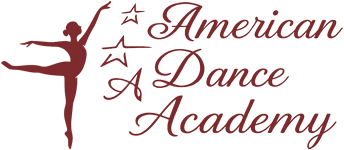
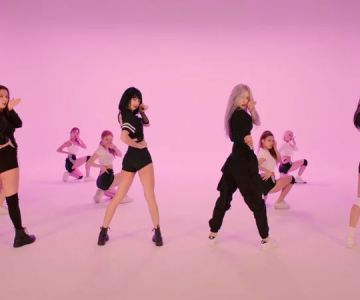
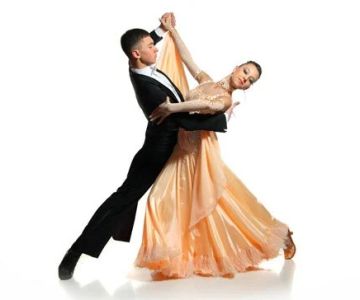


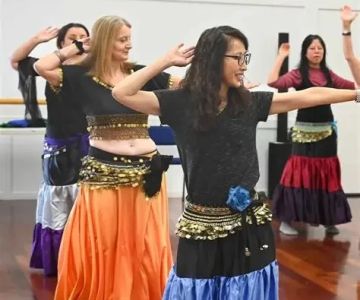
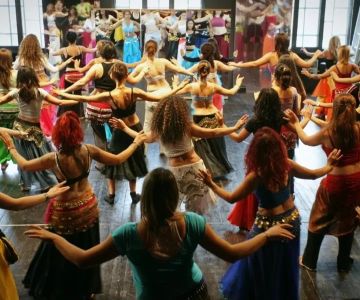
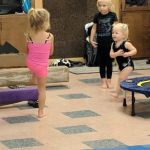 All That Dance & Gymnastics4.0 (3 reviews)
All That Dance & Gymnastics4.0 (3 reviews) California Conservatory of Performing Arts4.0 (6 reviews)
California Conservatory of Performing Arts4.0 (6 reviews)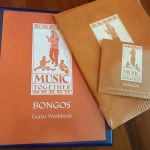 Music Together of Boulder5.0 (23 reviews)
Music Together of Boulder5.0 (23 reviews) Valley Ballet5.0 (5 reviews)
Valley Ballet5.0 (5 reviews)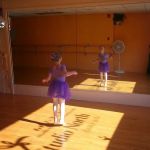 Studio North Dance Arts5.0 (3 reviews)
Studio North Dance Arts5.0 (3 reviews) PA DanceSport Ballroom4.0 (31 reviews)
PA DanceSport Ballroom4.0 (31 reviews)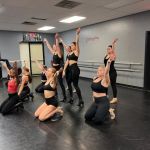 Why A Step in Time School of Dance Inspires Lifelong Passion
Why A Step in Time School of Dance Inspires Lifelong Passion Why K-Pop Dance Is Popular and How You Can Learn It
Why K-Pop Dance Is Popular and How You Can Learn It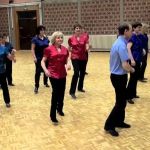 How to Master Line Dance for Beginners
How to Master Line Dance for Beginners Do 6th Graders Have School Dances? What Students & Parents Should Know
Do 6th Graders Have School Dances? What Students & Parents Should Know A School Dance Movie: Why These Stories Still Inspire
A School Dance Movie: Why These Stories Still Inspire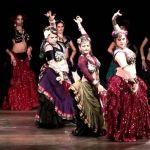 The History of Belly Dance Every Dancer Should Know
The History of Belly Dance Every Dancer Should Know